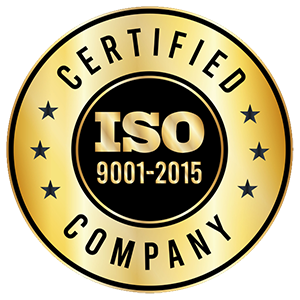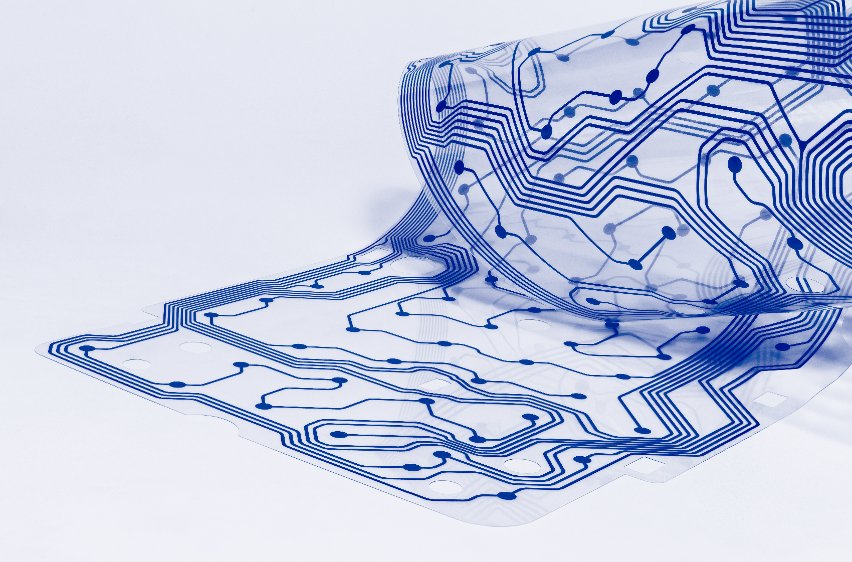There are many applications for roll to roll coating in electronics. Roll to roll (R2R) coating is a process in which a continuous substrate is coated with material by passing it through a series of rollers and drying/curing ovens. This method can be used in the electronics industry to produce some layers of flexible circuits, flat panel displays, solar cells, and more.
Benefits of Roll to Roll Coating
Roll to roll coating offers many advantages over traditional coating methods, such as spraying or dip-coating which are usually used on discrete parts in electronics manufacturing. Regarding electronics manufacturing, the R2R coating process is becoming increasingly popular. In fact, many companies are now using this method to mass-produce items such as solar panels and flexible displays.
Produces Bulk Quantity
One of the main benefits of R2R coating is that it enables manufacturers to produce large quantities of items quickly and efficiently. This means that it is an ideal solution for companies needing to create bulk products. In addition, the process is also relatively simple, which helps to keep costs down.
Offers High Flexibility
Another advantage of using roll to roll coating in electronics is that it offers a high degree of flexibility. This allows manufacturers to experiment with different materials and designs and quickly adapt their processes to suit changing needs. This is particularly important in the fast-paced world of electronics, where new technologies and trends are constantly emerging.
Applications of Roll to Roll Coating in Electronics
Flexible Circuits
Flexible circuits typically utilize the R2R coating method. This process involves coating a substrate with a thin, conductive material layer, typically using a roller, slot die, sputtering or evaporation technique. The resulting continuous coated film is typically etched and metallized repeatedly to create the desired circuitry. This process can be used to create complex flexible circuits that can be stacked and is an advantage over rigid circuit boards. Roll to roll coating is a relatively quick and efficient way to create certain layers used in flexible circuitry and can produce high-quality results.
Flexible Displays
Roll-to-Roll manufacturing is an efficient way to make a flexible display since it is the ideal manufacturing method for processing flexible substrates. Flexible displays made by R2R manufacturing include many steps. They are a series of steps on the substrate where electrode, electro-optic coating, and cover layers are applied. The adoption of R2R manufacturing for flexible displays is determined by the cost and complexity of the flexible display design.
Solar Cells
R2R coating can also be used to apply thin-film solar cells onto flexible substrates. This application is of particular interest for developing lightweight, portable solar panels. In addition, it provides an efficient and cost-effective method for applying thin-film solar cells onto large areas of the substrate material. The process is typically carried out at high speeds, allowing for a large number of solar cells to be coated in a short period of time.
Bottom Line
Overall, the R2R coating process is a highly efficient and versatile way to produce electronic devices. It is fast, flexible, and cost-effective, making it an ideal solution for many manufacturers. As the demand for electronic devices grows, this manufacturing method will likely become even more popular. The researchers at National Polymer are experienced in that various options for using roll to roll coating in electronics and can help you achieve the results you desire for your engineering project. Call us at (800) 679-0477 for a no obligation consultation to discuss your needs and goals.



